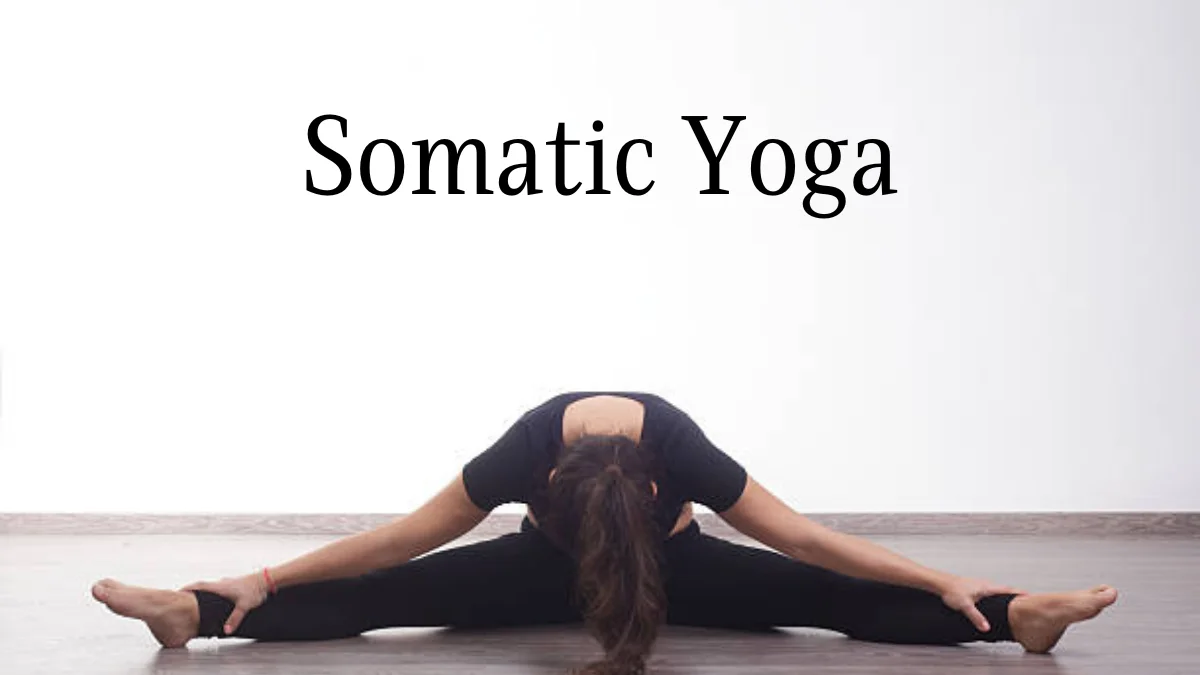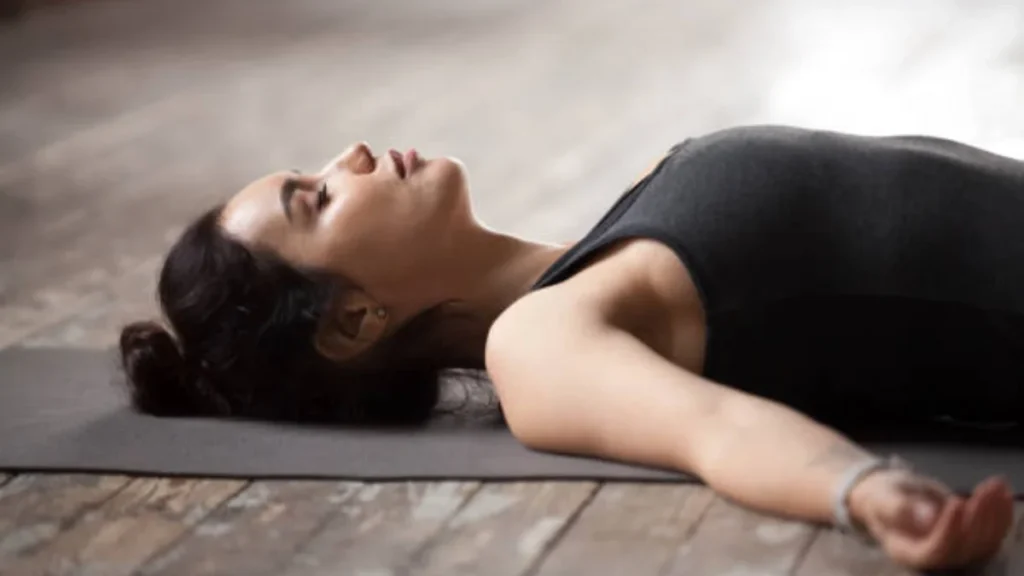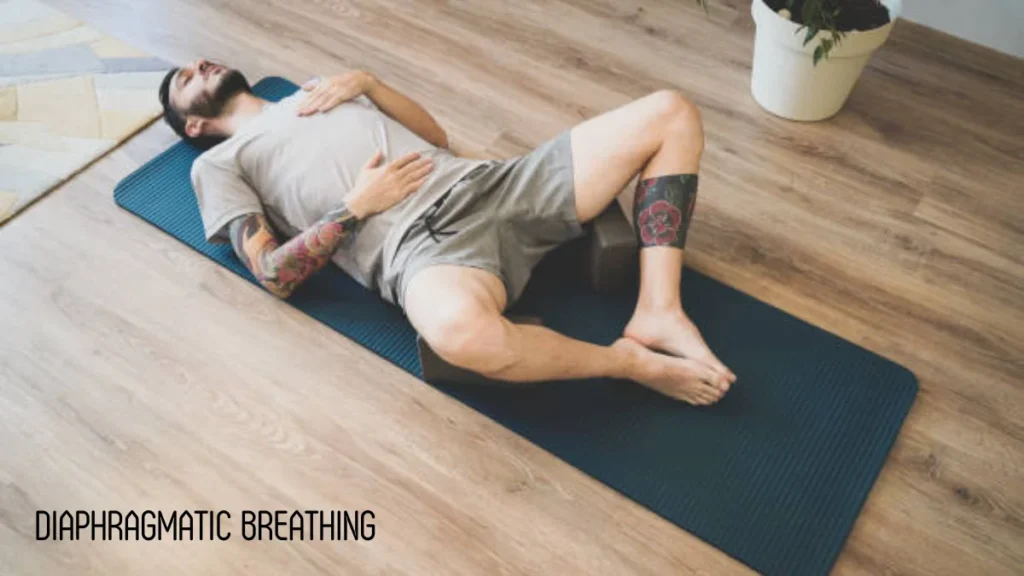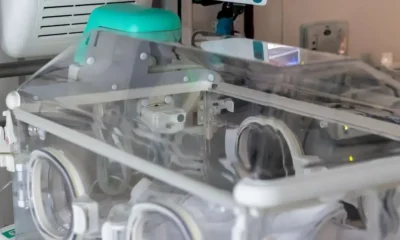YOGA
Understanding Somatic Yoga: How Movement and Breath Can Heal

Somatic Yoga is a yoga practice that emphasizes awareness of the body, conscious movement, and integration of the mind and body in achieving healing and well-being overall. It comes from the Greek word “soma,” which means “body,” emphasizing gaining a closer connection to one’s body.
Somatic Yoga is often slow and meditative movement combined with breath techniques, meditation, and visualization. Its purposes are tension release, better flexibility and mobility for the body, and reaching a relaxing, calm state for the practitioners. This would be especially beneficial for individuals experiencing chronic pain, stress, and other physical and emotional challenges.
Table of Contents
The Origins of Somatic Yoga
Somatic Yoga was developed by Thomas Hanna, a philosopher and movement therapist. It involves perceiving the body’s internal experience and its connection with total wellness. He rediscovered the body’s knowledge through the inspiration of yoga, Feldenkrais, and the Alexander Technique. Hanna postulated that the cause of chronic muscular tension was learned patterns of movement and posture. Gentle movements and mindfulness thus release the tension and realign the body. It is still developing, and movement therapy principles are incorporated for enhanced healing benefits.
The Philosophy Behind Somatic Yoga
The concept behind Somatic Yoga lies in realizing a deep connection between body and mind through gentle conscious movement and heightened awareness. You are invited not to do certain postures but to do slow, deliberate movements that match your feelings. It is through this that physical tension and emotional stress kept in the body can be released, hence giving a chance for healing and relaxation. Combining breathwork and mindfulness increases this connection and, hence, creates a practice of support for the well-being of the body and emotions. This allows the practitioner to move at his or her own pace and in a balanced way.


Benefits of Somatic Yoga
- Integrates movement and breath awareness to release body tension, promote relaxation, and reduce stress.
- Enhances flexibility, strength, and overall body awareness.
- Cultivates a deeper connection between mind and body, improving emotional well-being and posture.
- Alleviates chronic pain conditions by addressing underlying muscular imbalances and restoring proper movement patterns.
- Nurtures holistic wellness by harmonizing the body-mind connection for overall health and vitality.
Somatic Yoga and Breathing Practices
Breathing is one of the primary and essential elements of Somatic Yoga. It provides access to the link between the mind and the body. It helps to move and further enable relaxation that minimizes tension and attains complete well-being. The possibility of tension reduction provided by the focus on breathing puts the mind of a yogi into a sense of quietening down. In addition, controlled breathing helps the parasympathetic nervous system to reduce stress and promotes the healing effects of Somatic Yoga.
Different Breathing Techniques
Somatic Yoga includes diverse breathing techniques to support movement and mindfulness. Diaphragmatic breathing is the theory that, with a downward-moving diaphragm, the capacity of the lungs is increased; hence, the resulting rise in the chest cavity causes the lungs to fill with air. It produces relaxation and better oxygenation. Other techniques include alternate nostrils and deep rhythmic breathing, which work on focusing and balancing the body’s energy flow.


Somatic Yoga and Meditation
Somatic yoga and meditation are related in their approach to healing and self-discovery. Movement is undergirded by the sensations of mindfulness, which interconnect the body and the mind, whereas meditation cultivates inner awareness and clarity of the mind. Such practice fosters presence, mindfulness, and the wisdom that lies deep within a person, thereby enhancing general well-being, minimizing stress, enhancing focus, and boosting emotional resilience.Somatic Yoga Techniques
Common Somatic Movements
It involves gentle movements like “Arch and Flatten,” “Side Bend,” and “Shoulder Circles” to re-educate muscles and improve efficiency. These movements aim to release tension and enhance body awareness. Exercises like “Pelvic Tilts” and “Neck Rolls” can address specific tension areas.


Visualization Practices
Somatic yoga involves visualization practices that use the mind to create positive changes in the body. By vividly depicting movements or sensations, practitioners can enhance their physical experience, promote relaxation, reduce tension, cultivate a deeper connection between mind and body, improve muscle memory, and reduce stress. These techniques can also enhance overall well-being, both on and off the mat.
Guided Imagery
Guided imagery in yoga is a somatic technique that helps improve communication between the mind and the body, leading to relaxation, self-healing, and personal realization. It helps alleviate tension in the body and provides an opportunity for better mood, better sleep rest, restoration, and increased ability to handle stressors. Consistently practicing will lead to a higher level of understanding of the implications that thought and feeling can have on physical sensation and how one may.
How it Differs from Other Yoga Practices
Somatic Yoga differs from other yoga practices by emphasizing internal body awareness and intuitive movement over achieving specific postures. In traditional yoga, the focus often lies on structured poses and alignment. It encourages slow, exploratory movements, allowing practitioners to listen to their bodies and adapt as needed. This approach prioritizes comfort and relaxation, using breathwork and mindfulness to create a calming environment.
Getting Started with Somatic Yoga
To start with Somatic Yoga, find a class or instructor experienced in this gentle, mindful approach. Look for a supportive environment focusing on body awareness and slow, exploratory movements. Wear comfortable clothes that will allow ease of movement. You may use a yoga mat or any soft surface. Start by connecting to your body with simple breathing practices, followed by general somatic movements at your own pace. Forget perfection in the poses. Pay heed to the feedback that your body is giving. Be consistent, even if just a few minutes every day.
Future
Somatic yoga is expected to become more mainstream due to growing interest in holistic health approaches. Advancements in technology, such as virtual reality, may enhance the practice and provide personalized programs. As more people experience the transformative effects, its integration into healthcare settings will increase. The future holds promise for healing and inner balance through movement and breath.
Conclusion
Somatic yoga is an amazing process for healing and self-discovery. By practicing mindful movement, breathwork, and introspection, you tap into the innate wisdom of your body and mind. All this is very useful apart from physical exercise, which could be the increase of mobility and the healing from mental stress.
-



 GENERAL3 weeks ago
GENERAL3 weeks agoUncovering the World of кинокрадко: The Dark Side of Film Piracy
-



 GENERAL2 weeks ago
GENERAL2 weeks agoUnveiling the Art of преводсч: How Translators Bridge Language Barriers
-



 GENERAL3 weeks ago
GENERAL3 weeks agoThe Journey of iamnobody89757: From Anonymous User to Internet Sensation
-



 YOGA4 months ago
YOGA4 months ago4 Person Yoga Poses for Beginners




















